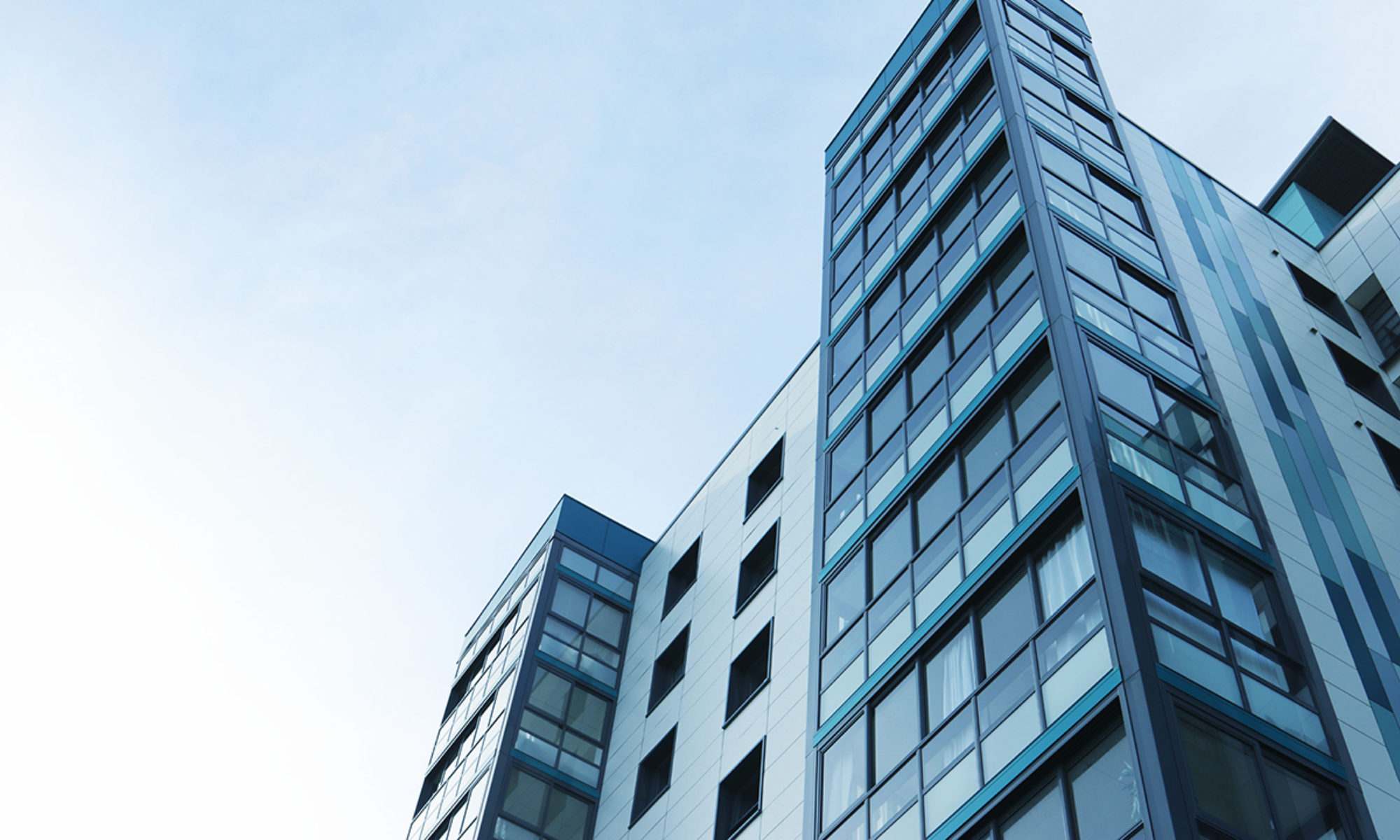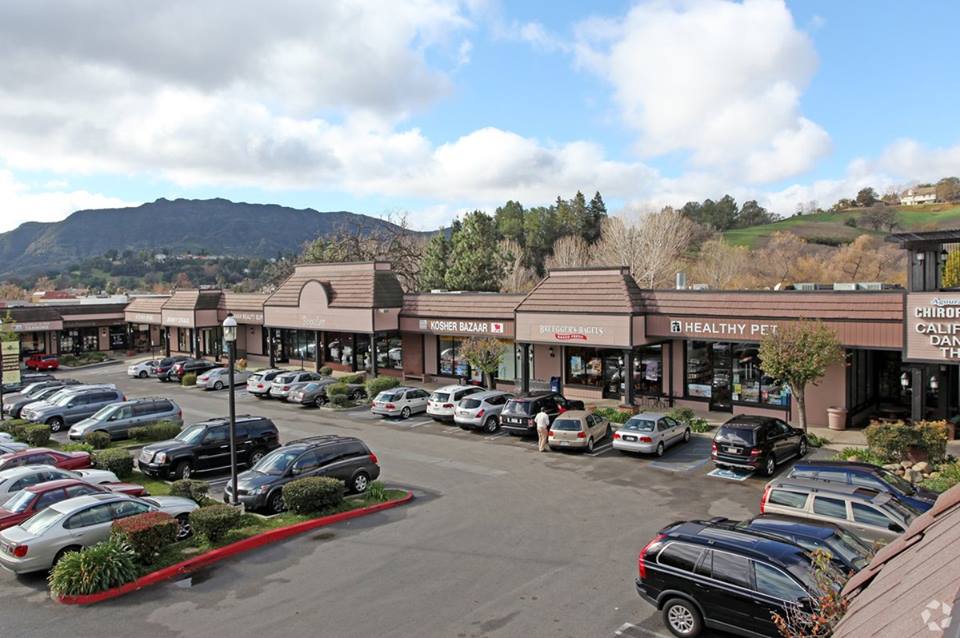Are you currently a tenant leasing space in a commercial (retail, office, industrial usually) property with your business suffering significant losses? If so, do you want to know what your options are and what you should be doing about it now and in the future?
This is the third part of a series of articles I will be writing on this subject so make sure to tune in for the rest in the future. The first article covered the pros and cons of subleasing and assignment. The second had to do with not paying rent. The next article will cover what to do if you are in a lawsuit with your landlord and in particular, the “frustration of purpose” defense. This third article in the series deals with how to terminate your lease early and save a lot of money doing so.
I have written on the subject of terminating your lease early but would like to point out some notable updates. Click here to view this original, relevant blog.
Normally when you terminate a lease early, you restore legal possession of the premises to your landlord, and thereafter, your landlord has an obligation to mitigate your damages. In my experience and opinion, “mitigating your damages” usually equals 6-12 months of your then-current rent. This is the amount of time normally awarded by a court to a prevailing legal party. It doesn’t matter if you have a 10 year or longer lease, the award is the same. So, usually, a tenant can simply reduce what they owe dramatically by restoring legal possession of the premises to their landlord. Although it’s unclear how COVID is going to affect this 6-12 month rent period and if the courts are going to extend it because it’s probably going to take longer to find a new tenant to take your place. However, most of the time these types of cases settle and never make it to court as that saves both landlord and tenant time and money.
Most of the time the landlord doesn’t even sue the tenant for terminating its lease early and the tenant walks away paying nothing. Why? There are many good reasons: If the tenant doesn’t have enough assets worth pursuing; even if the tenant has enough assets but they are legally protected (in a trust, retirement account, principal residence tenant owns, etc.); because the landlord doesn’t blame the tenant for the government shutdown and/or COVID; because the landlord thinks it might cost more in time, money and energy to sue you than it’s worth; because the landlord might not win in court (if the courts decide that a “frustration of purpose” or other types of legal argument favors the tenant); or because it will make the landlord look bad if other tenants and brokers find out and then don’t want to do business with this landlord (because this wasn’t the tenant’s fault and/or they like the tenant).
Each situation is unique and needs to be figured out carefully if you want help making the right decision on how to handle what you should do regarding your commercial lease. I have settled these types of matters both as a landlord and tenant hundreds of times so I can assist you for a reasonable cost if you need help so please contact me if so as follows:
David Massie
DJM Commercial Real Estate
805-217-0791







